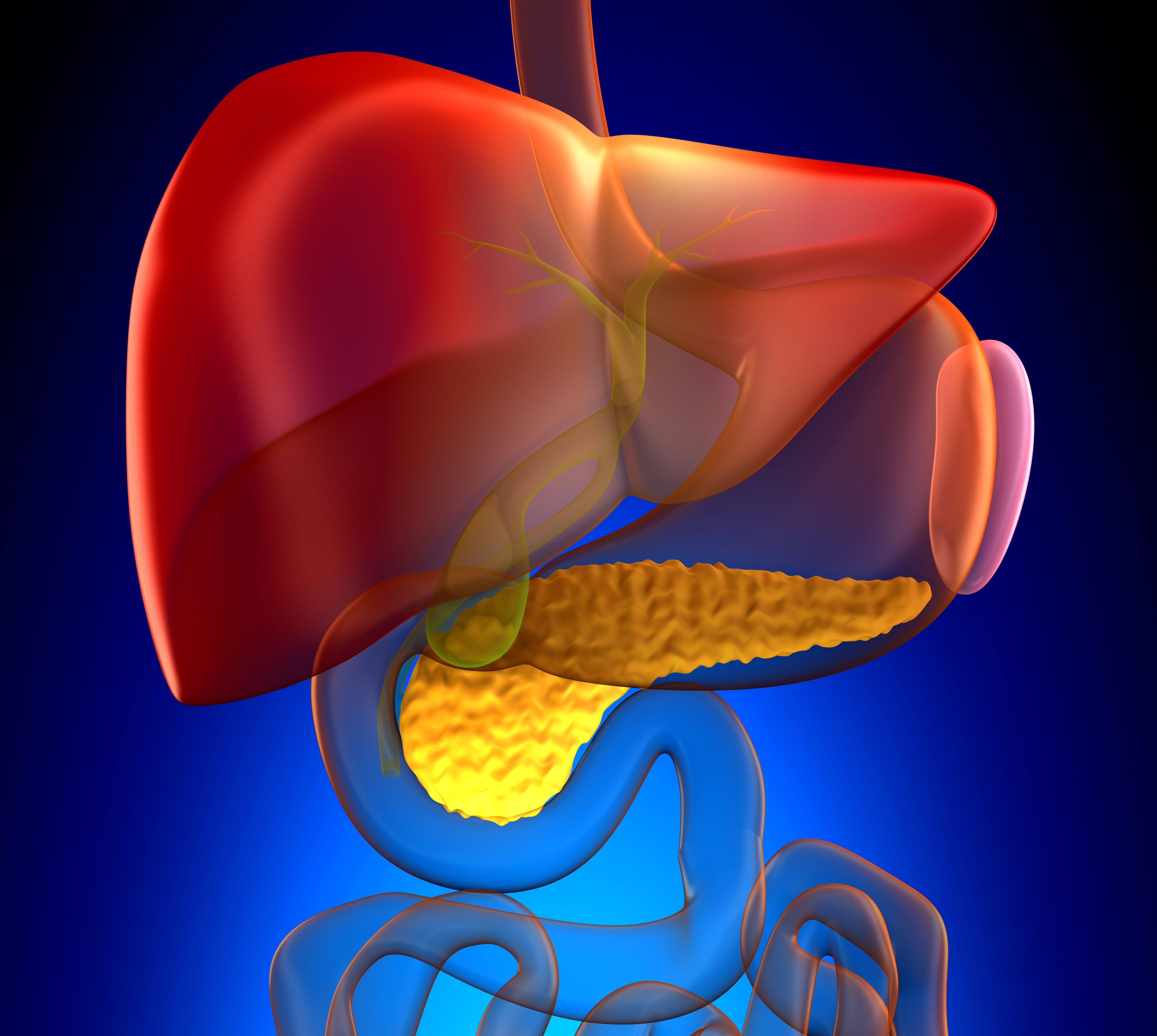Transvascular Approach May Reduce Pain, Improve QOL in Pancreatic Cancer
Study data show that no patient with a response required opioids after a 24-hour post-procedure follow-up.
Investigators of the study are evaluating pain reduction via radiofrequency ablation. The trial’s primary end point is the success rate of ablating relevant nerves to mitigate pain among patients with pancreatic cancer pain. Secondary end points include the incidence of device- and procedure-related adverse effects at up to 4 to 6 weeks following the procedure, changes in pain levels, and estimated changes in quality of life.

Administering transvascular energy to ablate problematic nerves significantly reduced pain and improved quality of life among a small cohort of patients with pancreatic cancer pain, according to topline findings from a proof-of-concept trial from Autonomix Medical, Inc.1
Among 15 evaluable patients, 11 were treated with femoral access and showed no improvements in pain scores while 3 who were treated with brachial access experienced responses to therapy. Investigators noted that 1 patient was unable to undergo treatment due to a stenosis that was more severe than what pre-scanning scans indicated; this patient was not included in the modified intent-to-treat population.
Overall, 79% (n = 11/14) of patients responded to treatment, and investigators noted a mean pain reduction of 4.96 points on the pain visual analogue scale (VAS) from baseline to 7 days following the procedure. Findings also showed a decrease in opioid demand, as no patients with a response required an increase dose. Additionally, no patient with a response required opioids after a 24-hour post-procedure follow-up.
Among those who responded to treatment, overall health status at 7 days following the procedure increased by a mean of 66%. Among all patients who received treatment, investigators reported a mean VAS pain score reduction of 3.64 points or 48% from baseline to 7 days after the procedure.
“The significant reduction in pain and improvement in quality of life demonstrated in the study to date are incredibly encouraging. These data provide a strong indication that our technology has the potential to revolutionize the treatment paradigm for pancreatic cancer pain,” Brad Hauser, chief executive officer at Autonomix, the developers of the treatment, stated in a press release.1 “Additionally, achieving 60% enrollment in our proof-of-concept study is a significant milestone….The pace at which our team has been able to progress enrollment underscores the need for innovative electrophysiology therapies. We remain focused on the successful execution of the study and remain on track to complete enrollment by calendar year end.”
The developer’s technology platform includes the use of a catheter-based microchip sensing array antenna, which may be equipped to detect and differentiate neural signals up to 3000 times more sensitively compared with other available technologies. After identifying target nerves, radio frequency ablation technology can attack said nerves, potentially making it applicable to areas ranging from chronic management to hypertension and cardiology.
Investigators of the study are evaluating pain reduction via radiofrequency ablation; the catheter-based microchip sensing array was not employed in this trial and will be assessed in the future. The trial’s primary end point is the success rate of ablating relevant nerves to mitigate pain among patients with pancreatic cancer pain. Secondary end points include the incidence of device- and procedure-related adverse effects at up to 4 to 6 weeks following the procedure, changes in pain levels, and estimated changes in quality of life.
All patients with a successful procedure will undergo evaluation at 7 days, 4 to 6 weeks, and 3 months following the operation. Patients who had severe abdominal pain from unresectable pancreatic cancer and a maximum life expectancy were eligible for study entry. After successfully completing the procedure, 5 patients ultimately died due to their disease.
According to data previously announced in September 2024, 60% of patients responded to treatment and had a mean VAS pain score reduction of 6.67 points from baseline to 4 to 6 weeks following the procedure.2
“Pain has a significant impact on the lives of patients with pancreatic cancer….Our data to-date suggest we can dramatically reduce pain in these patients, eliminate opioid use, and improve the quality of life for these patients in a rapid and meaningful manner,” Robert Schwartz, MD, chief medical officer at Autonomix, concluded.1
References
- Autonomix Medical, Inc. reports new positive topline results from first 15 Patients’ 7-Day data highlighting significant impact on treatment of pancreatic cancer pain with maintained pain reduction. News release. Autonomix Medical, Inc. October 31, 2024. Accessed October 31, 2024. https://tinyurl.com/54fm4y22
- Autonomix announces 83% reduction of pain at 4-6 week follow-Up from lead-in patients in ongoing human clinical trial in pancreatic cancer pain patients. News release. Autonomix Medical, Inc. September 9, 2024. Accessed October 31, 2024. https://tinyurl.com/3k2zct2c